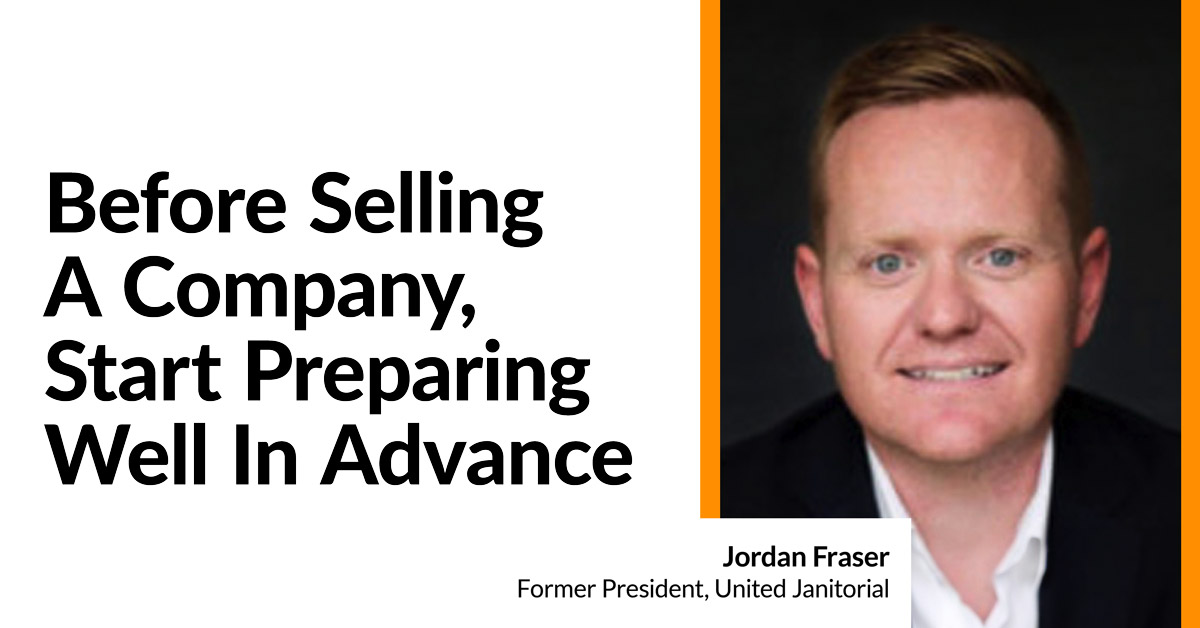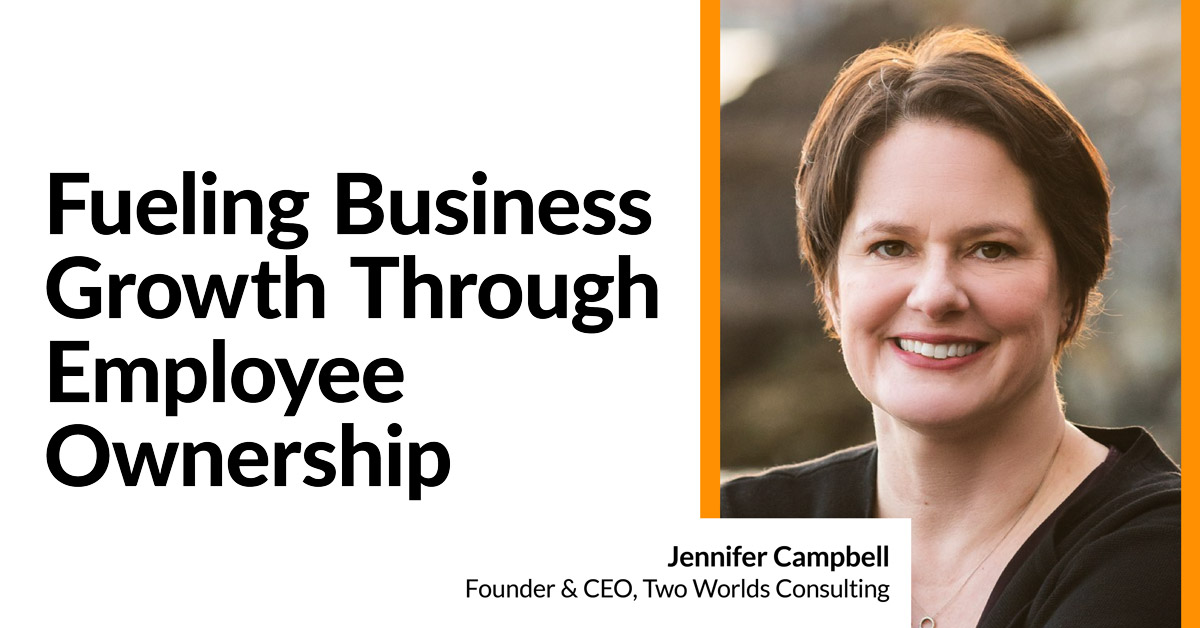What can the Knights of the Round Table teach us about shareholder agreements?
Business Transitions Forum


Exiting a business is a process, not an event, and the right opportunity can come up on you unexpectedly. With a proper plan, you’re ready to take advantage.
So, you’re launching a company and energy is high among the partners. There’s a positive atmosphere about where you’ll take the company and the success you’ll realize together. The future is exciting and you’re eager to get to work. According to John Nicola, Chairman and CEO of Nicola Wealth, this is the perfect time to start planning your exit.
John and his team of shareholders have grown the company from $80 million in managed assets in 1994 to over $9.5 billion today. John works with an impressive roster of entrepreneurs to help them build wealth, develop exit strategies and structure stakeholder agreements for their enterprises.
“Leaving your business is not a question of ‘if’, it’s a matter of ‘when’ and ‘how’,” says Nicola. “It’s best to work out the details of your partnership arrangements while everyone is happy and choosing to work together because you’re seeing the same future.”
John doesn’t sugarcoat it, saying you’re likely setting yourself up for an acrimonious departure if you don’t discuss what’s going to happen in the case of a future disagreement. Everyone will be better off having those terms and conditions in place before the emotion of a situation creates challenges that can get expensive and drawn out.
When John is discussing agreement structures with new entrepreneurs he first clarifies the difference between a partner and a shareholder. “Many people use the term ‘business partner’, when what they mean is ‘shareholder’,” explains John.
He uses an interesting analogy to explain the difference. Typically a partnership is like the knights at the Round Table. All the knights are equal and must find consensus on decisions, which is why the table is round. However if we’re at a boardroom table and King Arthur is sitting at the head of it with 60% of the shares, there’s no question that he’s running the company. There may be 12 other shareholding knights at the table, and Arthur may call them partners, but they are actually minority shareholders and the operating structure is very different than it is at the round table.
John points out that you need to ask yourself, are there reasons you need someone else to start the company with you. Is it for additional capital? Do you need help operating the company? Will someone else assist in growing the company? Your answers will help you decide if the company should have partners or shareholders.
It’s prudent to have a very clear-cut set of instructions and a very tight shareholders’ or partnership agreement that covers a variety of scenarios. For instance, it would answer what happens if a portion of the group wants to sell, but the other don’t.
For example, when more than one person starts a business, everyone more or less contributes similarly to the performance of the business so the arrangement of equal portions works toward equal share of profits and equal salaries. But fast forward 20 years and you’ve suddenly grown from 10 employees to 200. The three founders, who are shareholders, realize that those employees need more management. Maybe one of the three partners turns out to be a natural leader and is now the CEO, while the other two have VP roles. Now one partner has a more senior position and increased responsibility. Now the roles are not equal and things get a little more complicated.
Nicola stresses that the strongest enterprises begin when all the key partners are strategically aligned in the vision for where they want to take the company. Everyone is saying okay, yes, we’re going make this work because we believe in it. It has nothing to do with money but it’s all about what you’re trying to do as an enterprise.
John continues, “Partners should be aligned on everything including corporate culture, whether or not you’re going to offer profit sharing, whether or not you’re going to support organizations in your community.” It makes creating the “rules”, or your business model, a lot smoother.
“If you think about why businesses fail, it’s sometimes related to financial issues, but often it’s due to alignment issues.”
John describes how Nicola Wealth is modeled. John holds voting control over the shares of the company but has 42 other shareholders. A very structured transition plan outlines the buy/sell formula, the timing and approach. External valuations ensure share prices are reasonable and fair. They work hard to make sure the process isn’t onerous for existing shareholders but is fair to departing shareholders.
John explains, “So all of this factors in when we bring people on board, and goes back to those initial questions you need to ask yourself—why do I want to bring other people in? The reason for me is very simple. We want to attract the best and brightest people who feel they are part of what we’re trying to build, who are motivated to keep using their talent to grow the company.”
Nicola Wealth has a senior leadership team, which is a group of partners responsible for leading and operating the company. John adds that there are another 30 people who’ve been granted shareholder status because they are key in how we’re building and developing the company and they are rewarded for that. The remaining 80% of our people are rewarded with profit sharing.
For this shareholder model to work, John advises that you must believe and have faith that it’s the right model for you. He says business owners might need to abandon the idea that you’re giving away equity or profit or reducing your own outcomes. It’s not how the math works if you do it properly and well. John and his wife’s shares have gone from 100% to 46%, but the total return has increased approximately 300 times. Growing the pie faster by bringing in good people has not diminished returns.
In the example of Nicola Wealth, there are multiple shareholders who aren’t partners in the strictest definition of the word, but they have acquired equity in the company. When they retire they have the value of their shares and that is a form of compensation for them, but it also allows someone else within the company to invest and that’s a self-renewing model.
So, is there a downside? John admits there is, but it can be effectively managed, too, if there’s a strong understanding of everyone’s role.
“I’m a big fan of corporate compliance and corporate governance. And, I make sure every one of our shareholders knows their role, and everyone’s role, in the company. John reminds us that the shareholders’ role is to vote in the board of directors. The board of directors responsibility is the senior leadership team and CEO. That group’s role is to actively oversee the operations of the company.
Shareholders can’t directly question operational issues, for example, but they can vote for the board that reflects how they’d like to see things run. It’s a system that keeps everyone accountable and allows for progress to continue. “
So whether you choose a partnership or a shareholder approach for your new enterprise, a key starting consideration is your eventual transition out of your company. Know how you and your ‘partners’ will transition out while ensuring you realize the most from your personal and financial investment in the company.
Interested in receiving the bi-weekly newsletter in your inbox?
SUBSCRIBE NOW
BACK










